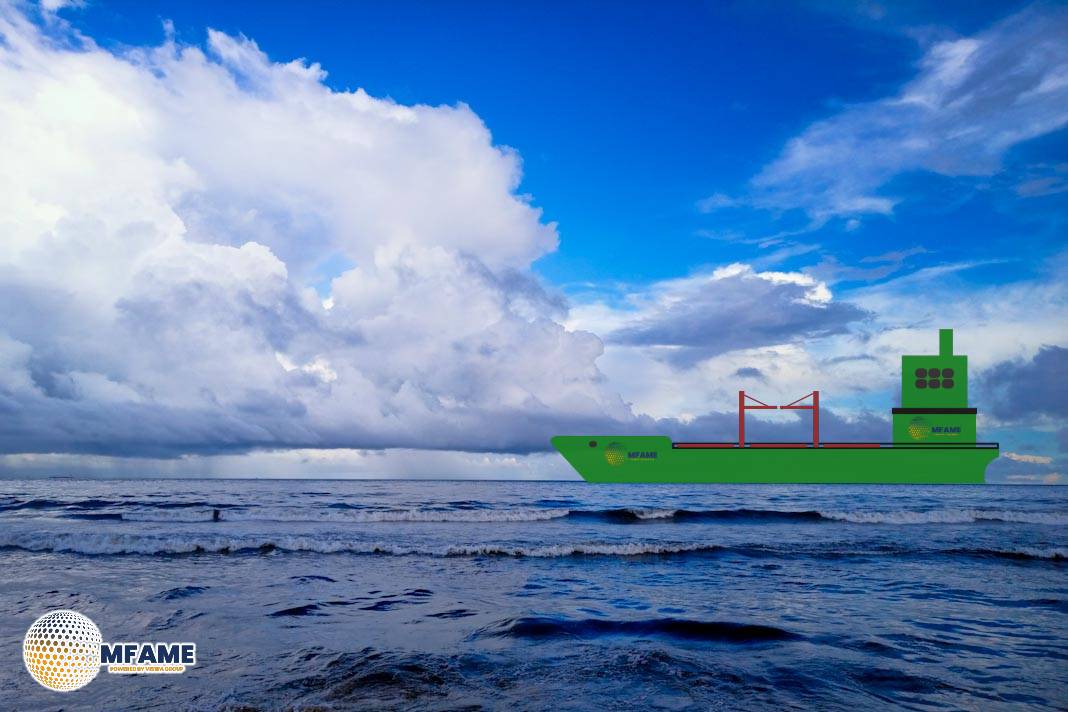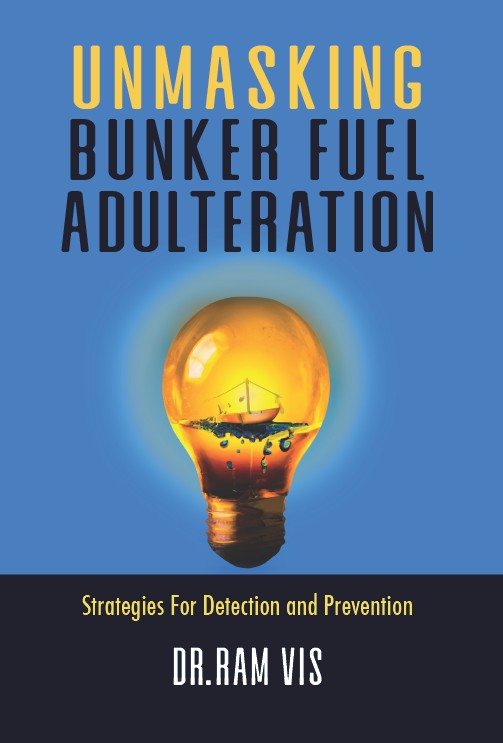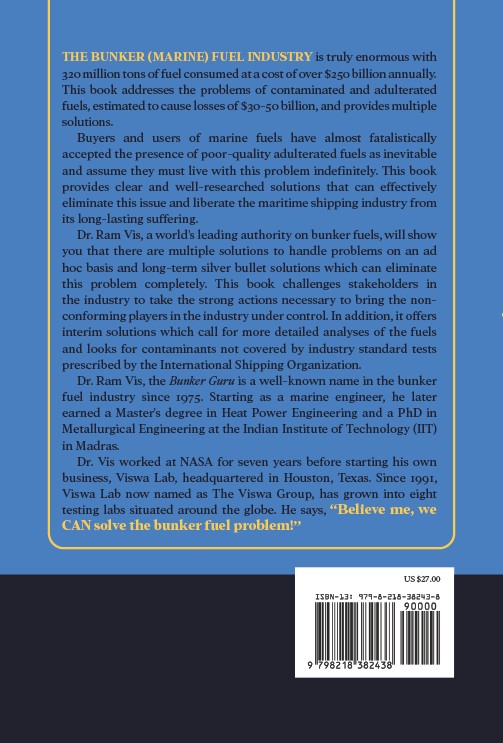- Oil Tanker Companies Avoid Red Sea Due to Security Risks.
- Yemen Bans Israel-Linked Ships from the Red Sea and Arabian Sea.
- Longer Voyages Keep Freight Rates Steady.
The Red Sea merchant ship insurance premium continues to be high even as security incidents have declined. March 12 market players in Seoul, Tokyo, and Singapore predicted the rates are not going to fall anytime soon, reports S&P Global.
Oil Tanker Companies Remain Cautious
Many key oil tanker companies have not resumed operations through the Bab al-Mandab Strait and the Suez Canal due to ongoing security concerns. “We will probably be the last among the lot to restart sending ships,” a source at a major oil tanker company said, citing the security risks involved in transiting the Red Sea.
The additional war risk premium (AWRP) for Red Sea transit remains around 0.5% of a ship’s hull and machinery (H&M) value for seven days. It has shown no significant decline despite a recent de-escalation in the Gaza conflict.
Yemen’s Ban on Israel-Linked Ships
Yemen has banned ships linked to Israel from passing through the Red Sea and the Arabian Sea. While this suggests that most merchant vessels can safely transit the region, many operators are still reluctant. “Our ships and crew are very dear to us, and we are not going to take this risk,” the source said.
Longer trips Constricting Supply and Maintaining Freight Levels Stable
Taking the long way around the Cape of Good Hope increases a Persian Gulf-Europe journey by 11-14 days, though freight costs are little changed. Clearlake hired an LR1 to transport jet fuel between Sikka and the UK Continent for $2.8 million. The option via the Suez Canal was quoted at $2.65 million but is still not taken often.
Persian Gulf Still a High-Risk Area
Asian maritime insurers still have the Persian Gulf and Gulf of Oman listed as high-risk seas, a listing that has not changed for more than five years. In June 2019, the LR2 tanker Front Altair was attacked while transiting the Gulf of Oman, reinforcing security concerns in the region. “The [insurance] premium is not just about actual attacks but the risks involved,” a source with a tanker owner said.
The Lloyd’s Market Association’s Joint War Committee still lists the Persian Gulf as an HRA, making it unlikely that the Red Sea will be removed from this classification anytime soon. “If the relatively peaceful Persian Gulf is still classified as an HRA, it is nearly impossible for the Red Sea to ‘wriggle’ out of this category,” a maritime insurance executive said.
How the AWRP System Operates
The AWRP is founded on a tanker’s value and age, but bargains tend to drive rates to the last digit.
- Big companies bargain discounts of more than 50% below regular rates.
- Others divide the premium over several voyages within a specified period.
- If a company utilizes just four out of seven days of coverage, the price is prorated lower.
- Many secure contracts with multiple transits over four weeks makes it more cost-effective.
Red Sea Freight Premiums Fall
Even as AWRP is tough, better security conditions have lowered freight premiums on Red Sea loadings to Persian Gulf loadings to East Asia.
- The Yanbu-Japan LR1 premium over the Persian Gulf-Japan dropped from w120 to w45.
- The MR premium for the same routes declined to w210 from w30.
- The $600,000 Red Sea-to-Persian Gulf transit premium over the cost of Red Sea-to-Europe voyages has well-nearly vanished.
Although some stability has prevailed, participants do not foresee substantial cuts in insurance for Red Sea voyages in the near term.
Did you subscribe to our daily Newsletter?
It’s Free Click here to Subscribe!
Source: S&P Global























